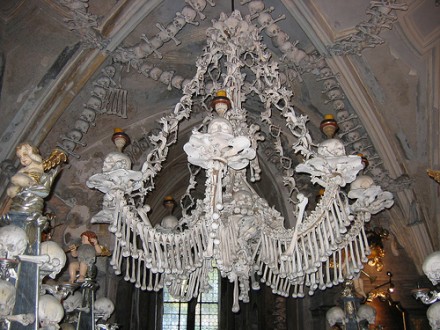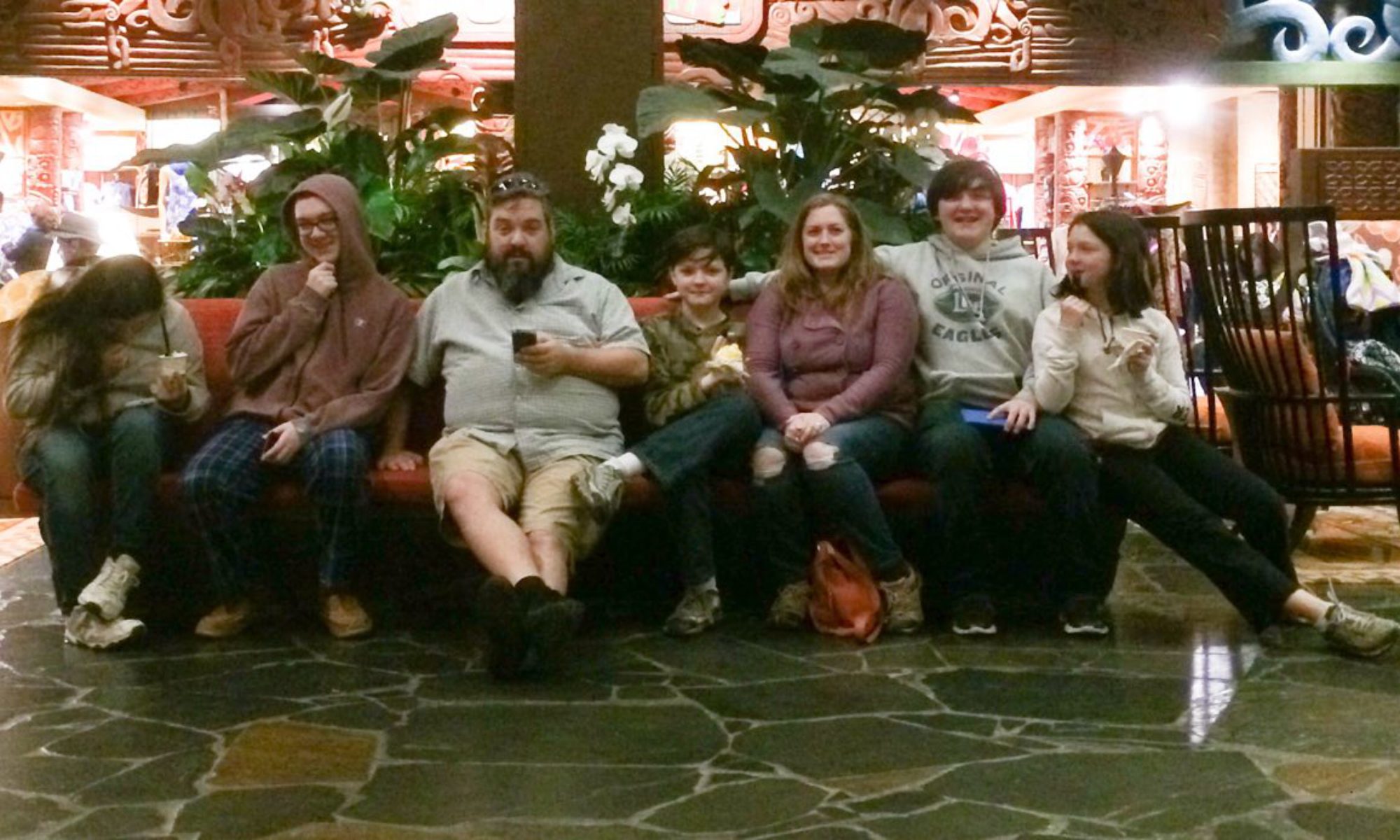
Just as American children are far removed from the connection between slaughtered animals and the food on their plate, they are also unnaturally removed from human life and death. I find both to be sad.
I do not want my children to be afraid of death… or life.
(As a childbirth instructor, I have shown my children videos of birth, and they have a pretty good idea where babies come from. Yes, my oldest is nine.)
Today, and I forget how we arrived at the specific conversation, although life and death are always part of an on-going conversation, we discussed two different burial practices used in places where there is limited amount of space for burial.
These are two of the sites we visited today and discussed as a family:
The Tibetan Sky Burial: In Tibet, where the ground is so rocky that it can only be dug down a few centimeters, burial in the ground would be very difficult. Instead, people are given a ‘sky burial’. The nude body is washed and then wrapped and taken to a ‘burial’ ground. The body is sliced open and incense is lit nearby. The smells of the incense and the blood attract hundreds of vultures who then eat away the flesh and carry the remains into the sky. Because the brain is encased in by the skull, when the birds of prey are done with the rest of the body, the burial practitioner cracks open the skull and the vultures finish their feast. The bones are then scattered down the mountain for open-air decomposition. In a culture that believes in reincarnation, such a burial is considered an honor.
Ossuary (Wikipedia) : Another solution to burial in places with limited space is to store just the remaining bones once the flesh has decomposed. Bodies to decay in temporary graves, sometimes covered with a pile of stones, or even in dirt. They are then washed, labeled, and stored.
Some places get a little creative with the storage of bones, such as the Sedlec Ossuary. Part of a Roman Catholic chapel in the Czech Republic, human remains in this ossuary are used as decoration, including in the form of an elaborate chandelier.
For what it’s worth, I’ve found that there are very few non-fiction books about death and burial for children outside of studies on ancient Egypt. I could not find a single book for children on modern American burial practices or even a matter-of-fact book on the career of being a mortician. Thankfully, there are many books available on grief.
Why don’t we as a society talk much about death and burial?
If you do talk to your children about such things, what resources to you use?
In what ways would openly talking about death and burial in society as a whole change how we think of and value life?
Do you think toxic embalming chemicals would be used as widely if people weren’t so afraid of the natural decomposition process?
Photo Credit: B10m via Flickr

Wow. A lot to think about here. Funny that you bring this up. We just watched a Miracle of Life DVD by Nova. At the end there was a birth scene. Scared Sprite to death. I tried to reassure her, but I think the scars are there. :-) (You know, the whole THAT’s what happens when I have a baby?)
Our customs with death are mostly just inherited from our culture and don’t have a lot of personal meaning. We want to be cremated. I don’t want to take up space on this planet once I die. I want to return to dust like God said I should.
.-= Jimmie´s last blog ..A Mighty Fortress is Our God Hymn Study =-.
Jimmie,
One of the things I love about homeschooling is that we can have conversations like this as part of our daily life! I know you appreciate that, too!
Glad Sprite was able to watch footage of a birth. It is scary, even for adults. But, it is also an opportunity to be in awe and wonder of God’s creation and the miracle of life. When we realize what it takes to bring a baby into this world, it is difficult to take life for granted.
Much love,
SJA
It’s a good thing to bring up. On a farm, I am thankful the boys have a good concept of death, as well as birth, life, safety etc.
But I am sure we could do more.